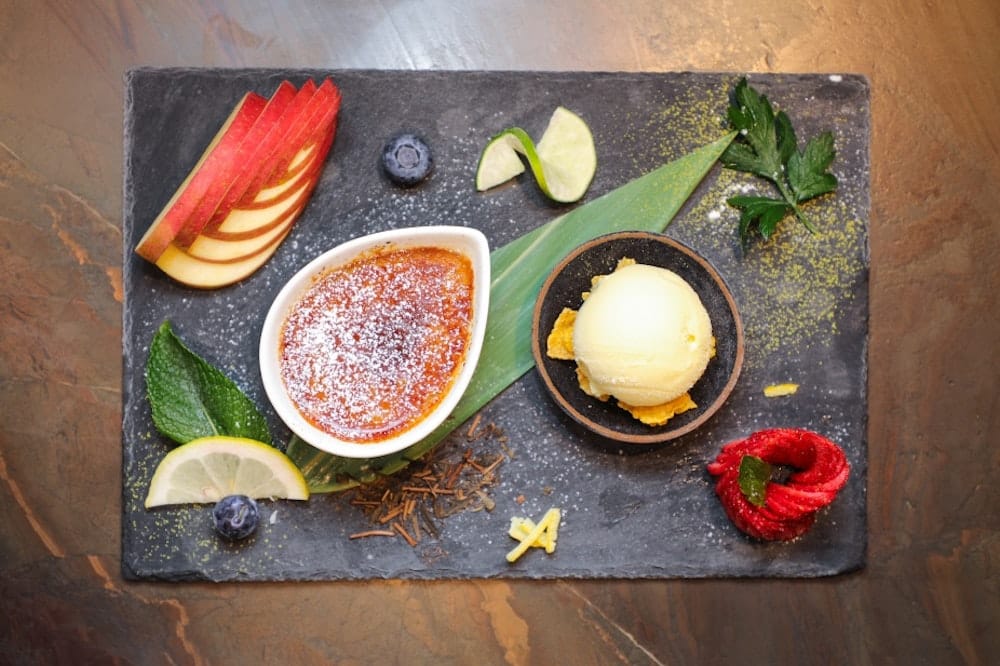
Do you ever feel like your homemade meals are missing that special touch? Like they taste great, but they don’t have that wow factor when it comes to presentation? Well, fear not, because today we’re diving into artful plating, where you can learn how to elevate your culinary creations and make them look as good as they taste. Whether you’re a seasoned chef or just starting out in the kitchen, this topic will inspire you and help you master the art of plating.
Plating is about more than just arranging food on a plate. It’s about creating a visual experience that enhances the overall dining experience. From the colors and textures of the ingredients to the way they are beautifully arranged on the plate, artful plating can take your dishes to the next level. And don’t worry; you don’t need a degree in fine arts to master this skill. With some simple tips and tricks, anyone can create stunning plates that will impress even the toughest of food critics.
In this article, we’ll explore different plating techniques and discuss how to balance flavors and colors to create visually stunning dishes. We’ll also provide step-by-step guides and examples to help you practice and perfect your plating skills. So whether you’re looking to impress dinner guests or want to take your meals from drab to fab, stay tuned because we’ve got all the tips and inspiration you need to become a master of the art of plating. Artful plating is the art of presenting food in a visually appealing and aesthetically pleasing manner. It goes beyond simply placing ingredients on a plate and transforms a dish into a work of art. But why is artful plating important in cuisine?

The saying “You eat with your eyes first” couldn’t be more true regarding artful plating. A well-plated dish immediately captures your attention and entices you to indulge in the culinary masterpiece. The colors, textures, and arrangement of the ingredients all contribute to creating a visual impact that makes the dining experience more enjoyable.

Artful plating elevates dishes from ordinary to extraordinary. It takes a simple home-cooked meal and transforms it into something that you would expect to see in a fine-dining restaurant. By mastering the art of plating, you can add elegance and sophistication to your culinary creations, making them worthy of any special occasion or gathering.
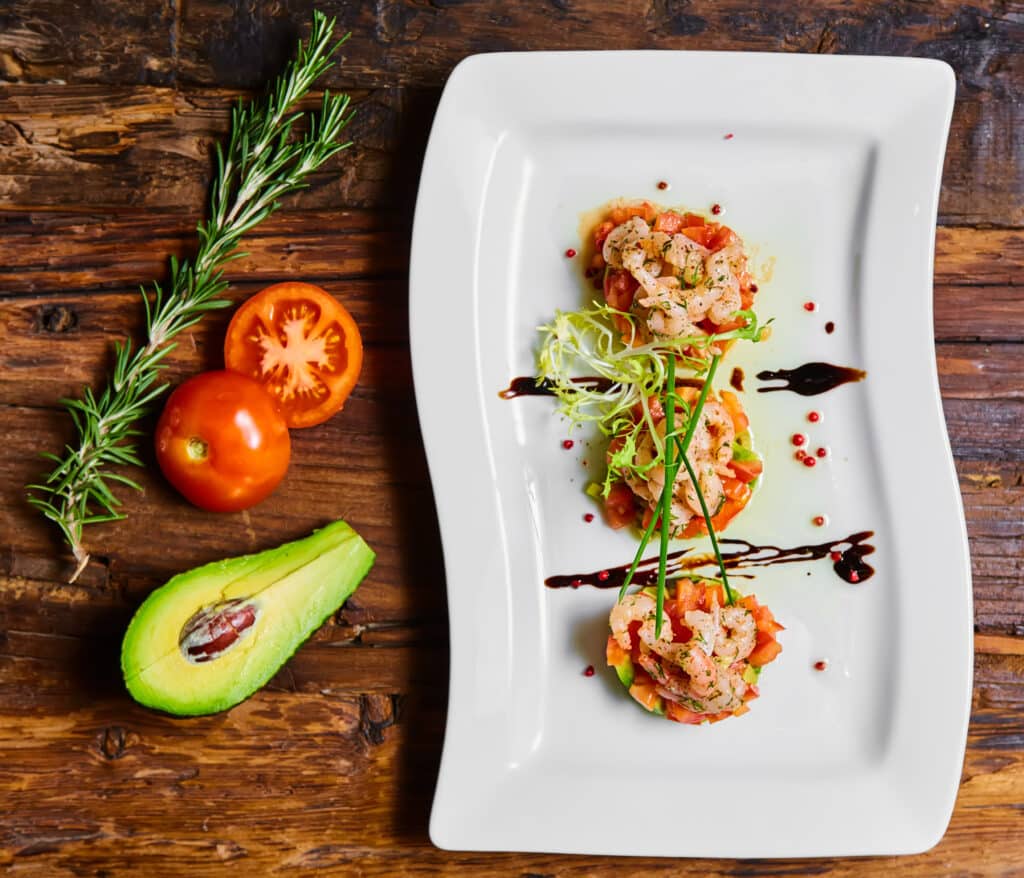
To master the art of plating, it is essential to understand the basic principles that guide this culinary technique. Let’s delve into some key principles to help you create visually stunning plates.
Achieving a balance between different elements on a plate is crucial. Whether it’s the distribution of colors, textures, or flavors, a balanced composition ensures that no single ingredient overpowers the rest. Harmony in plating helps create a cohesive and visually pleasing presentation.
Colors play a significant role in artful plating. Using a color wheel, you can create visually striking plates by pairing complementary or contrasting colors. The right combinations can make ingredients pop and add depth and dimension to the dish.

Texture is another important consideration in plating. Combining different textures, such as crunchy, creamy, and velvety, adds variety and interest to the dish. Layering multiple textures can also create visual appeal and heighten the enjoyment of each bite.
Don’t underestimate the power of negative space in plating. Leaving some areas of the plate empty can bring focus to the main ingredients and create a sense of balance. Negative space allows the eye to rest and appreciate the composition.

The choice of plates and tableware can significantly impact the overall presentation of a dish. Here are some factors to consider when selecting the perfect plates for artful plating.
Different dishes require different plate shapes and sizes. Flat dishes work well for minimalist plating styles, while deeper bowls or plates with raised edges are ideal for dishes with sauces or broths. The size of the plate should also be considered, ensuring that it complements the portion size and allows for the proper arrangement of the ingredients.

Matching the style of the plates and tableware to the cuisine served is essential for creating a cohesive and visually pleasing presentation. Traditional dishes may benefit from more rustic or vintage-style plates, while modern fusion cuisine might be better suited to contemporary and minimalist designs.

Don’t be afraid to think outside the box when choosing plates and tableware. Unique and unconventional options, such as slate, wooden boards, or glass, can add a touch of creativity and surprise to your plating.

Now that you understand the basic principles and have chosen the perfect plates, it’s time to dive into some techniques for creating artistic plating designs. Experiment with these techniques to add flair and creativity to your presentations.
Stacking and layering are commonly used in artful plating to create height and visual interest. By layering different dish components, you can showcase each ingredient and create a visually appealing composition.
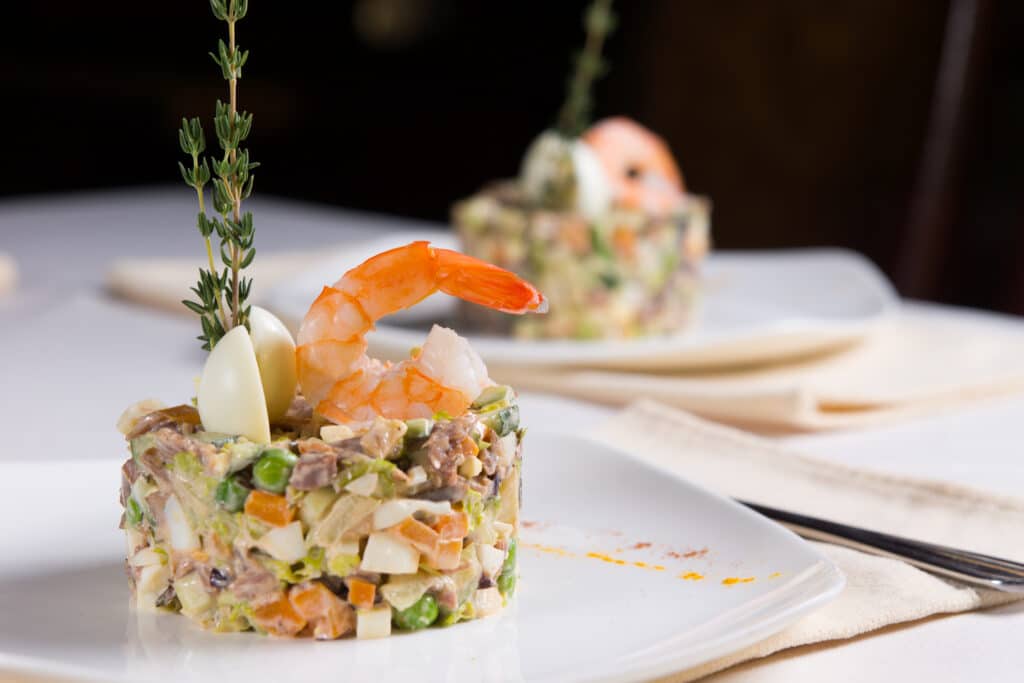
Swirling sauces or drizzling dressings onto a plate can add movement and artistry to the presentation. This technique can create patterns, add a touch of color to the plate, and create visual appeal.
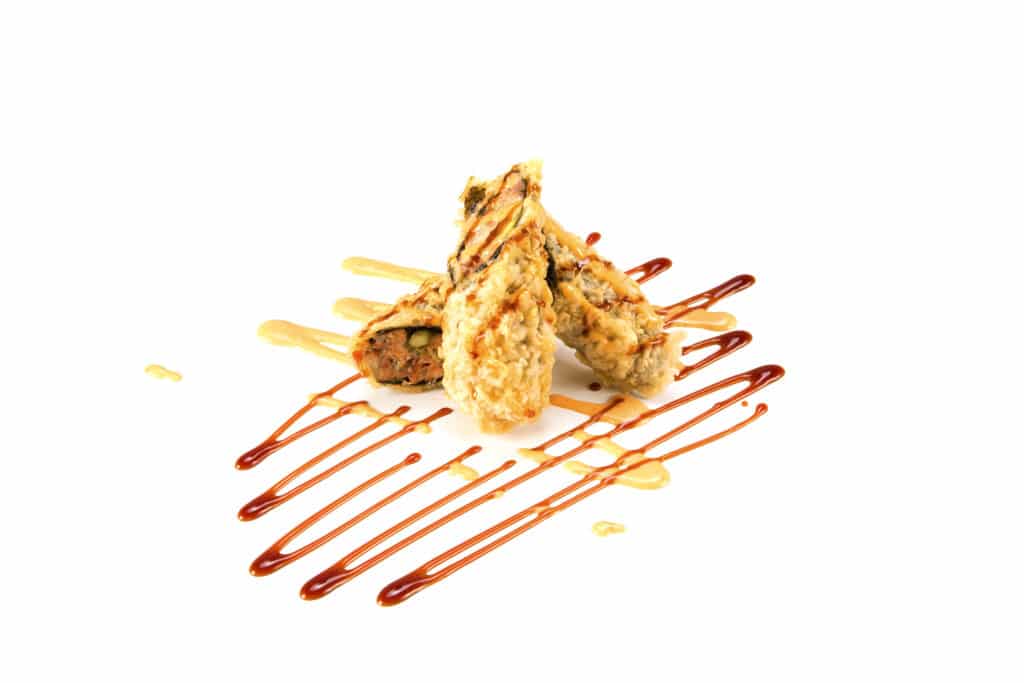
Playing with geometric patterns can bring a sense of precision and design to your plating. From arranging ingredients in straight lines to creating symmetrical designs, geometric patterns can add a contemporary and modern touch to your presentation.

Incorporating edible flowers and herbs not only adds a pop of color but also brings a fresh and natural element to your plating. Edible flowers can be used as garnishes or scattered around the plate to create a visually stunning presentation.

Colors and textures can dramatically impact the overall visual appeal of a plated dish. Here are some tips for effectively playing with colors and textures on your plate.
The color wheel is a valuable tool for creating visually appealing plates. By understanding the principles of color theory, you can use complementary colors or contrasting warm and cool tones to create striking color combinations on your plate.


Contrasting warm and cool tones can create a visually dynamic and engaging composition. Combining warm-colored ingredients, such as reds and oranges, with cool-colored ingredients, such as greens and blues, can bring balance and visual interest to your plate.
Texture is a powerful tool in plating, and incorporating different textures can elevate the visual appeal of your dish. From crispy elements to creamy sauces, a variety of textures adds excitement and dimension to your plating.
Garnishing is the final step in artful plating, adding the finishing touches and tying together the overall composition. Here are some tips for garnishing like a professional.
Choose garnishes that complement the flavors and ingredients of the dish. Fresh herbs, microgreens, citrus zest, or even edible gold leaves can add a touch of elegance and sophistication to your plating.

Placing garnishes is crucial to maintaining balance and harmony on the plate. Take time to carefully place each garnish, ensuring they enhance the overall composition rather than overcrowding or overpowering the dish.
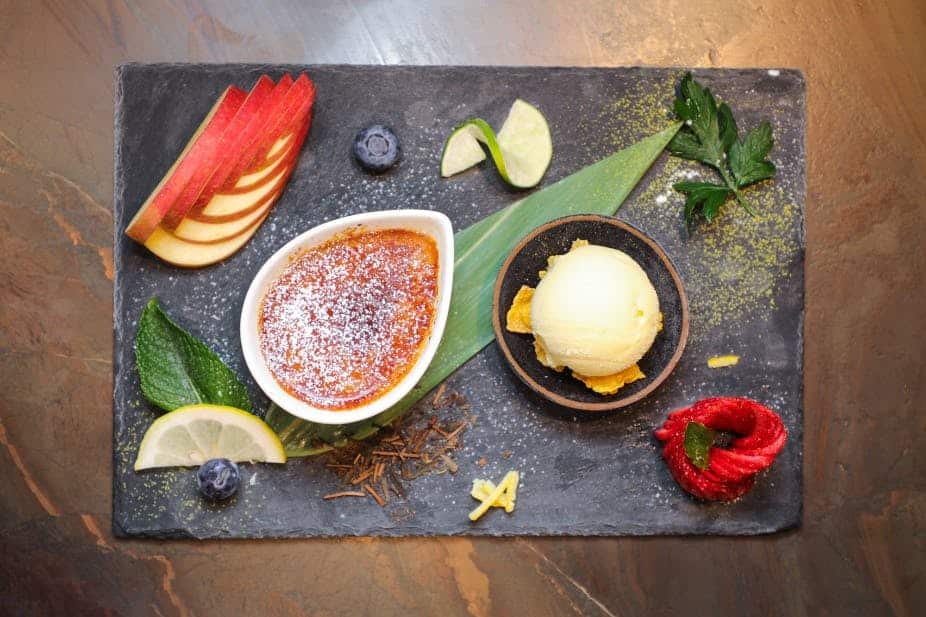
Different plating styles can bring a unique look and feel to your culinary creations. Here are some popular plating styles to consider.
The classic minimalist style focuses on simplicity, clean lines, and minimal decoration. It allows the ingredients to take center stage, creating a visually pleasing and elegant presentation.
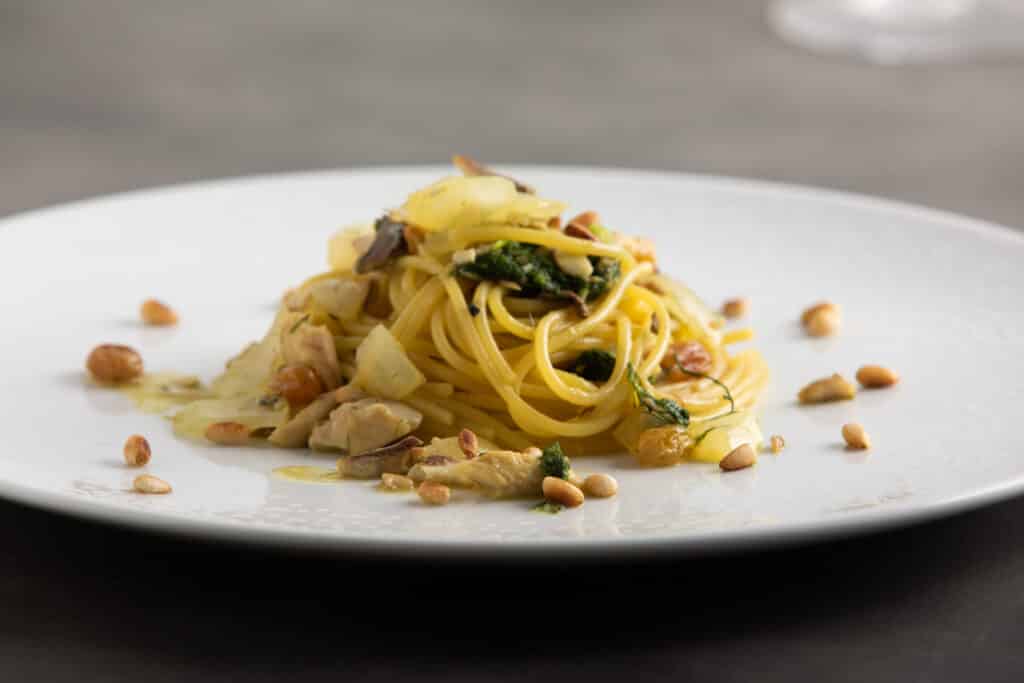
The modern fusion style combines elements from different cuisines and showcases them in a contemporary and artistic manner. This plating style often involves playful arrangements, vibrant colors, and unconventional presentation techniques.
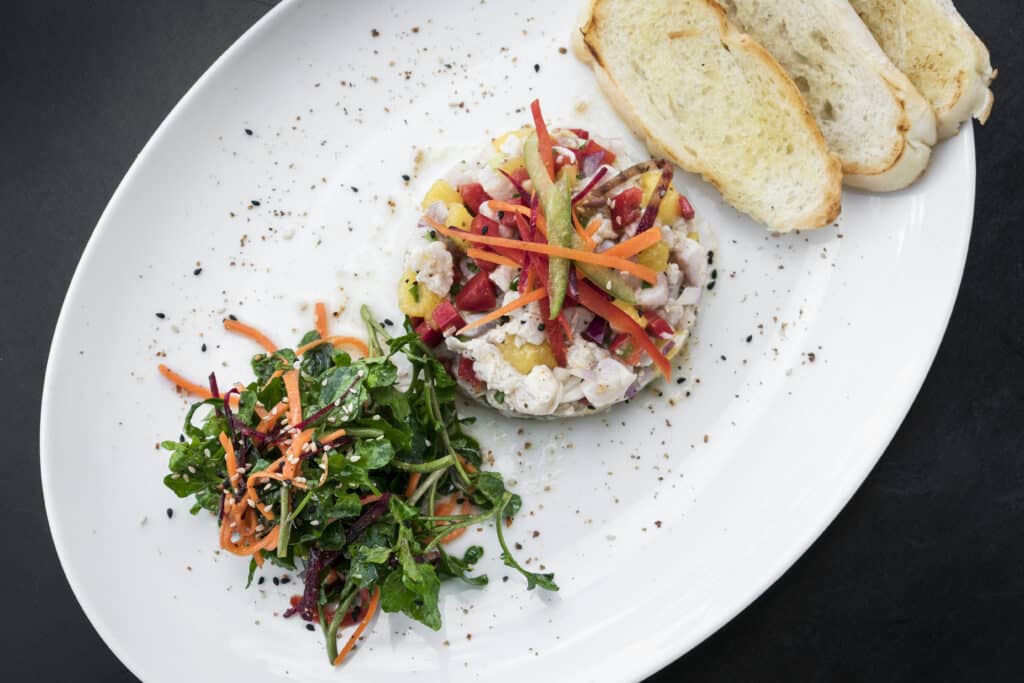
The rustic elegance style embraces natural and earthy elements, showcasing the ingredients in their purest form. It often incorporates wooden platters, natural colors, and organic shapes to create a warm and inviting plating style.

Asian-inspired plating styles often feature delicate arrangements, precise cuts, and intricate patterns. The principles of balance and harmony are of utmost importance in this style, creating visually stunning plates that pay homage to the beauty of Asian cuisine.
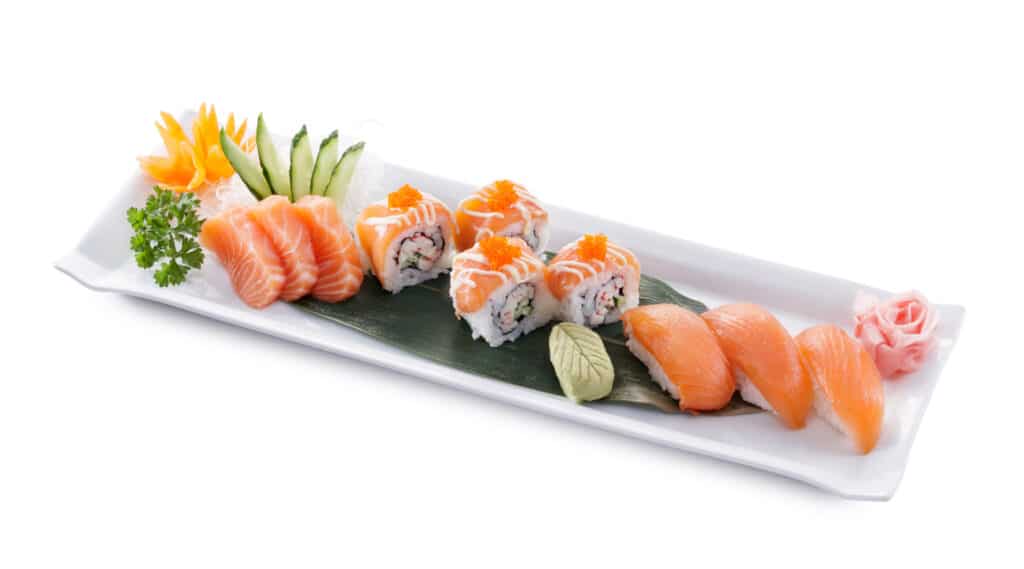
Different cuisines require different approaches to artful plating. Here are some tips to consider when plating various cuisines.
Mediterranean cuisine often emphasizes fresh and vibrant ingredients. Mediterranean dishes should focus on simplicity and allow natural flavors to shine. Consider utilizing the colors of the Mediterranean, such as vibrant tomatoes, green olives, and deep purple eggplants, to create visually appealing compositions.
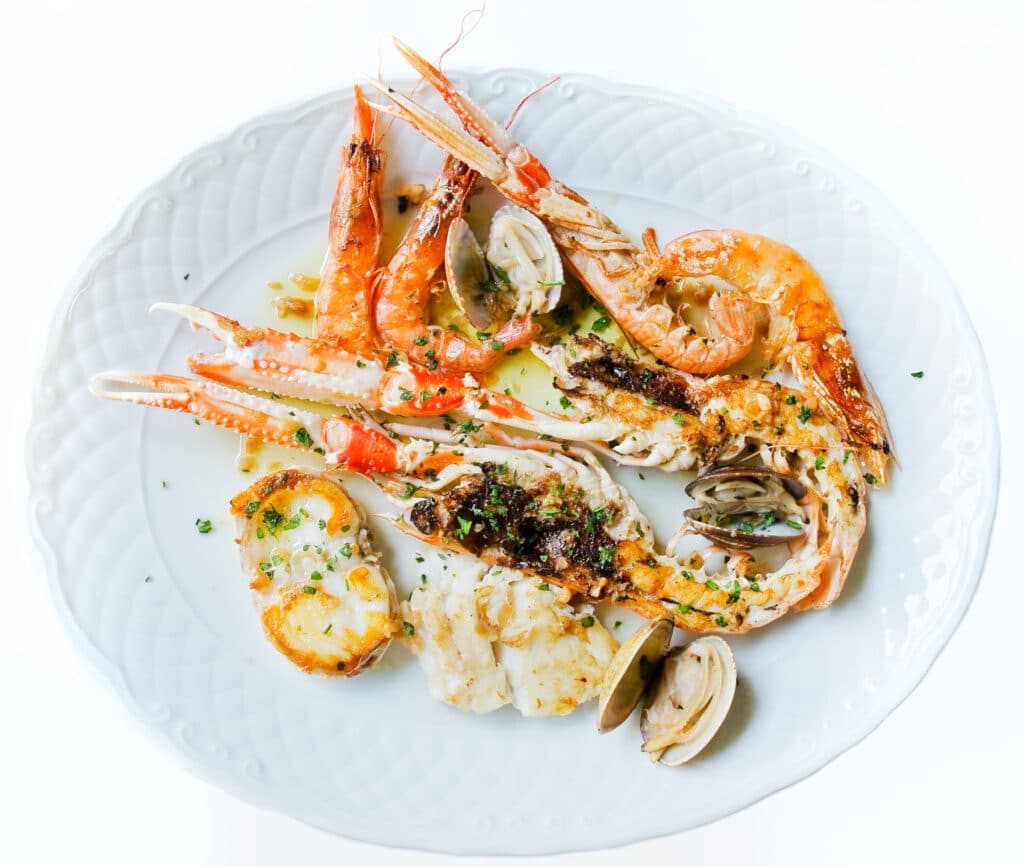
Asian cuisine is known for its delicate flavors and intricately arranged dishes. When plating Asian cuisine, consider balance, precise cuts, and arrangements. Utilize traditional Asian ingredients, such as soy sauce, ginger, and sesame seeds, to add a unique touch to your plates.

Mexican cuisine is vibrant, colorful, and full of bold flavors. When plating Mexican dishes, incorporate bright and contrasting colors, such as red tomatoes, green cilantro, and yellow corn. Additionally, don’t forget to include traditional Mexican garnishes, like sliced jalapeños or crumbled queso fresco.

French cuisine is sophisticated and often features complex flavors. To plate French dishes, focus on precision and elegance. Utilize classic French ingredients, such as butter, cream, and fresh herbs, to create visually stunning plates that capture the essence of French cuisine.

To truly master the art of plating, don’t be afraid to experiment with unusual techniques. Here are some unconventional plating techniques that can bring a unique and artistic touch to your presentations.
Deconstructing dishes involves breaking them down into their individual components and presenting them in a visually appealing and unexpected way. It allows for exploring different textures and flavors, creating a unique and memorable dining experience.

Explore the use of unconventional plating tools, such as squeeze bottles, brushes, or even tweezers. These tools can help you create precise lines, intricate patterns, and artistic designs on the plate.
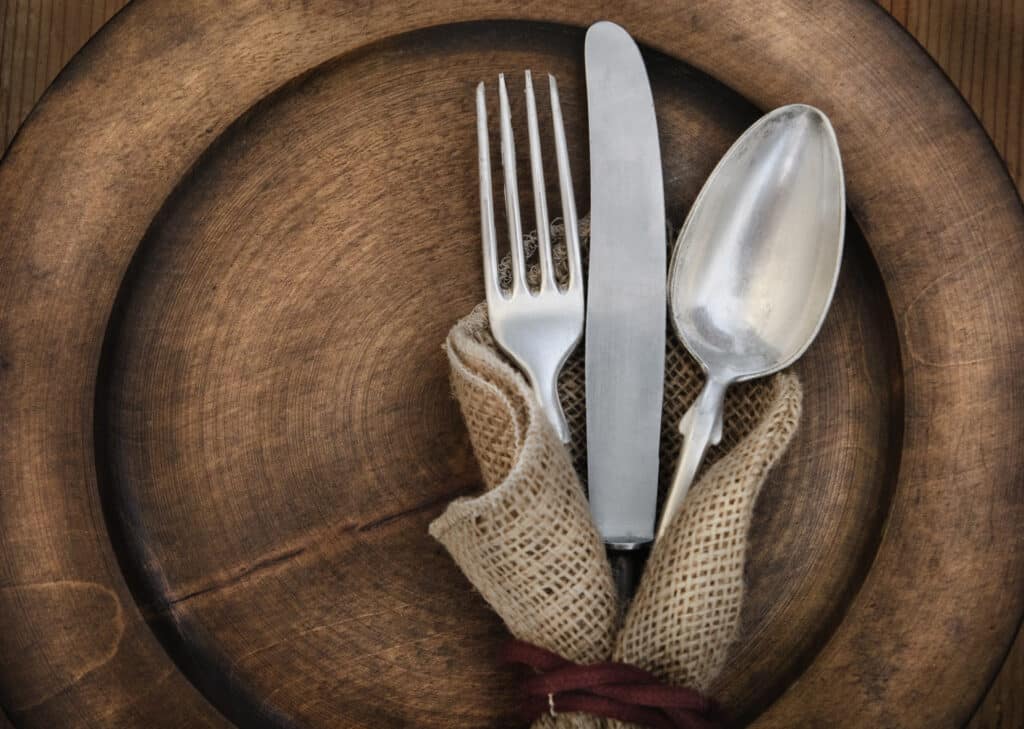
Vertical presentations involve stacking or arranging ingredients vertically rather than horizontally on the plate. This technique adds height and visual interest to your plating, creating a striking and memorable presentation.

Mastering the art of plating takes time, practice, and a keen eye for aesthetics. However, the effort is well worth it, as artful plating can greatly enhance the overall dining experience. By understanding the basic principles, choosing the right tableware, and utilizing various plating techniques, you can elevate your culinary creations to new heights. Don’t be afraid to get creative and experiment with different styles, garnishes, and plating techniques. With dedication and a commitment to aesthetics, you’ll soon be mastering the art of plating like a pro. So next time you cook up a delicious meal, remember to put a little extra thought into the plating and watch as your dishes become true works of art. Happy plating!

